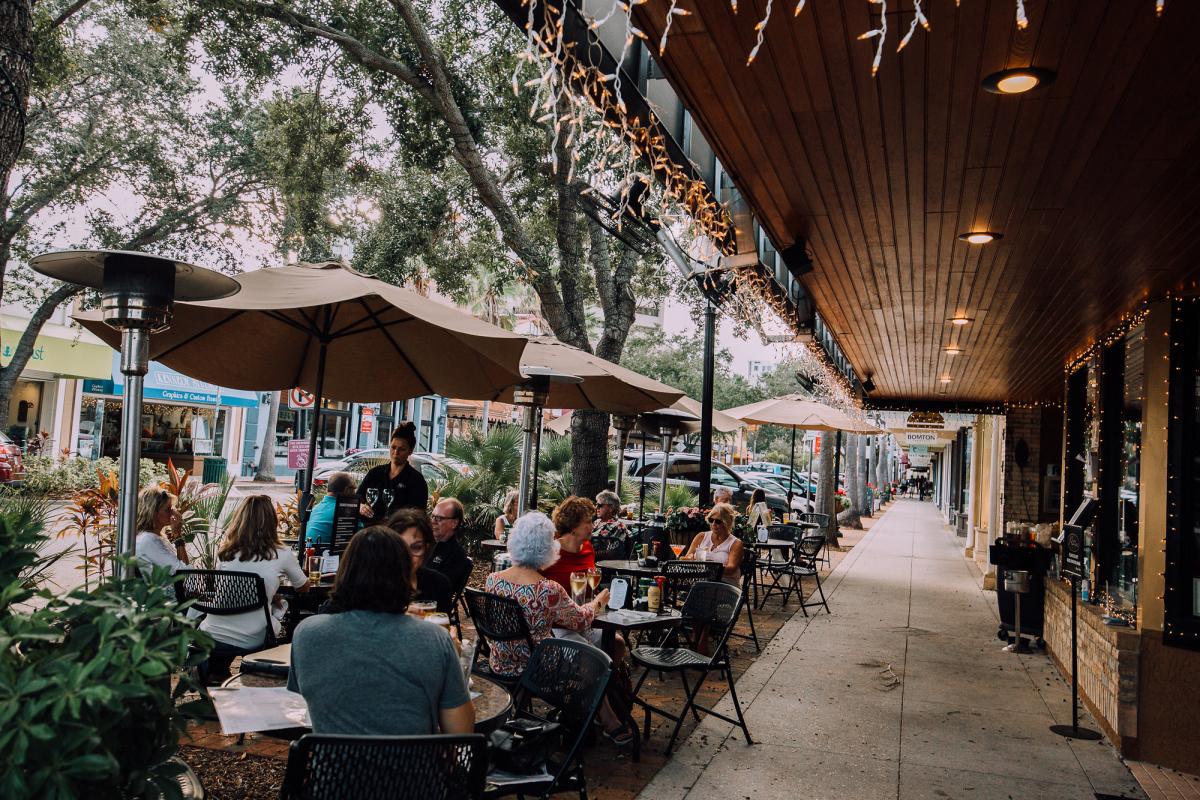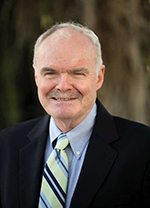College Girls—From the Valley to the Gulf

The college traced its roots to 1809 when it began as a small Catholic boarding school for middle-class girls in a remote and peaceful part of Maryland. A Washington newspaper once described it as “the kind of setting Hollywood used to seek out for inspirational movies.” The nearest town was Emmitsburg, and it lay in a valley bordering the Catoctin Mountain range. Except for a dramatic few weeks 50 years later, it has remained remote and peaceful. The summer of 1863 was the exception; when the great Civil War battle of Gettysburg took place just 10 miles to the north, barely inside the Pennsylvania border. Union troops camped on the school grounds en route to the fight, and some Confederate detachments also passed near the campus. The nuns who ran the college cared for both Union and Confederate wounded after the bloody three-day battle.
One hundred and fifty-six years later the school is still there, at least the bucolic grounds, with stately red brick buildings. But it is no longer a college. Saint Joseph’s College closed in 1973 and the grounds are now the National Emergency Training Center. Saint Joseph’s, just down the road from the still going Mount Saint Mary’s, was a victim of its small size (about 600 girls at its peak), the growing unpopularity of one-sex colleges and the declining numbers of free teachers, i.e. the Daughters of Charity (the ones with the sailboat hats).
The college may be gone, but many of the women who attended it are still around. Considering how many of them hated the strict rules (in the late ’50s, girls were expelled for simply attending parties where alcohol was served), the loyalty of the alumnae is extraordinary. The campus reunions are fewer, but they have been so well attended over the decades that they used to say if a classmate did not show up, she had likely gone above.
And thus we traveled last month across the state to Sarasota, where the Saint Joseph’s class of 1961 has been holding informal reunions for close to 10 years. Sarasota is the site because several of the women are retired there, or have winter homes in nearby Gulf Coast cities. Others plan Florida vacations around the event. Although the numbers have declined as some women, and especially the husbands, have died. They still manage to draw a dozen women and assorted relatives and friends.
For those of us still moving, it is an opportunity to check out one of the state’s most distinctive communities, long noted as an arts center, and recently facing the usual problems of growth, i.e. redevelopment vs. overbuilding—resulting in a vibrant downtown compromised by too many people trying to move around in a small area.
Let’s start with the traffic—the root of the problem is what makes Sarasota such a beautiful spot. The large and magnificent bay provides wonderful sites for single homes and high-rise residences. But unlike the east coast, where most communities have access to the Atlantic beaches every few miles, the Gulf of Mexico beaches are reachable by a few causeways that are miles apart. The results are traffic jams both morning and afternoon. We are talking about serious holdups, lines of crawling vehicles sometimes a mile long. And the roads leading to those bottlenecks are equally congested. Aside from I-75, which lies farther out of town than I-95 does from east coast communities, the main road up and down the coast is U.S. 41. Compared to U.S. 1 on our side, it is frustratingly slow. A friend who met us for lunch in downtown checked his route guidance from his home and expected an 18-minute drive. But it took a full half hour due to traffic on U.S. 41.
Sarasota’s downtown is a bustling and attractive place, filled with restaurants and shops. The main shopping street, oddly enough, is called Main Street, and the shoppers and diners, reflecting the heavy retirement community, are conspicuously older than people on Fort Lauderdale’s Las Olas Boulevard. The retail presence is also obviously stronger and more varied with an emphasis on artsy stores. The downtown directory lists a dozen galleries, and not all are on the main drag. The commercial district extends to cross streets, which feature antique stores and a number of thrift stores. The latter is especially appealing to the Saint Joseph’s alumnae who reserve at least a day for touring those outlets.
The number of galleries and art-related stores reflects Sarasota’s long history as an art center. The Ringling, the State Museum of Florida, goes back nearly a century, to when the circus family first brought its love of art and antiques to the city. The Ringling College of Art and Design opened in 1931 and has a national reputation. All this is valued by its residents, both full time and winter, but they all deplore the building boom that has seen too many skyscrapers, too fast, too tall, too close together.
Sound familiar?
